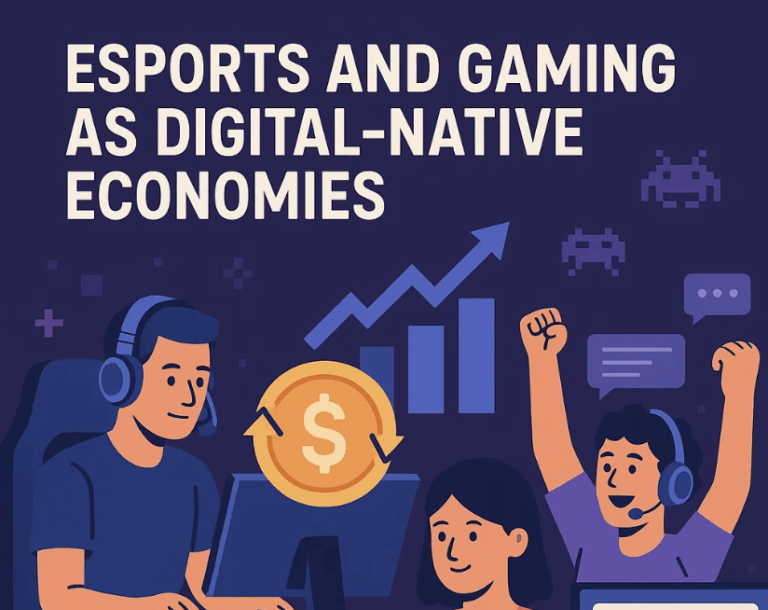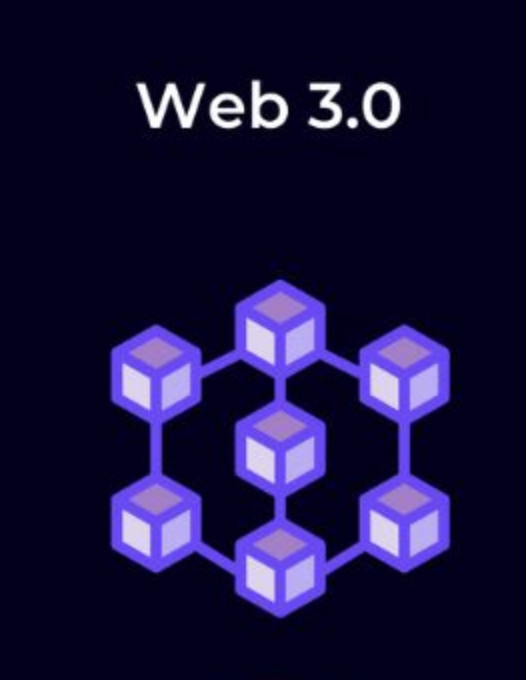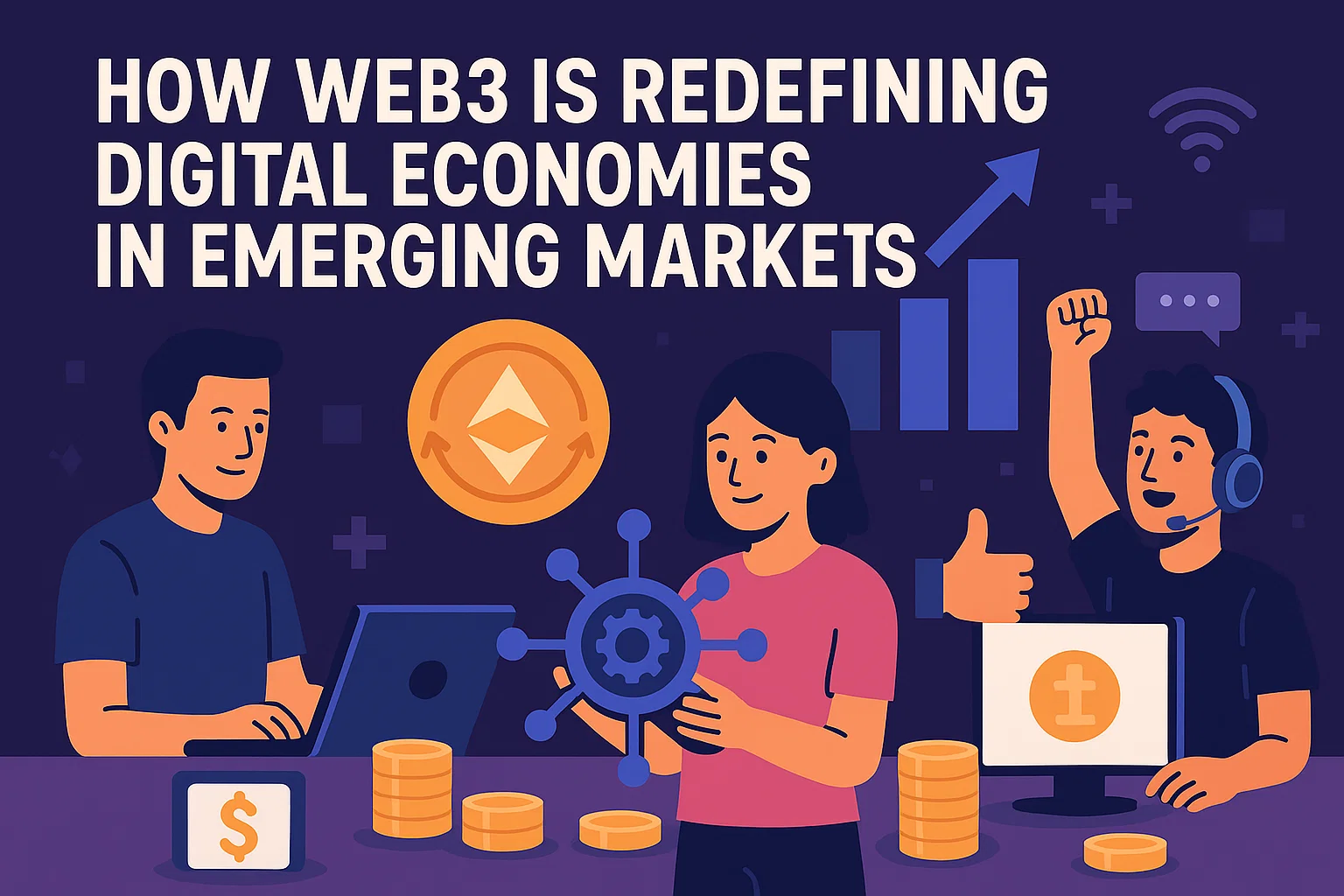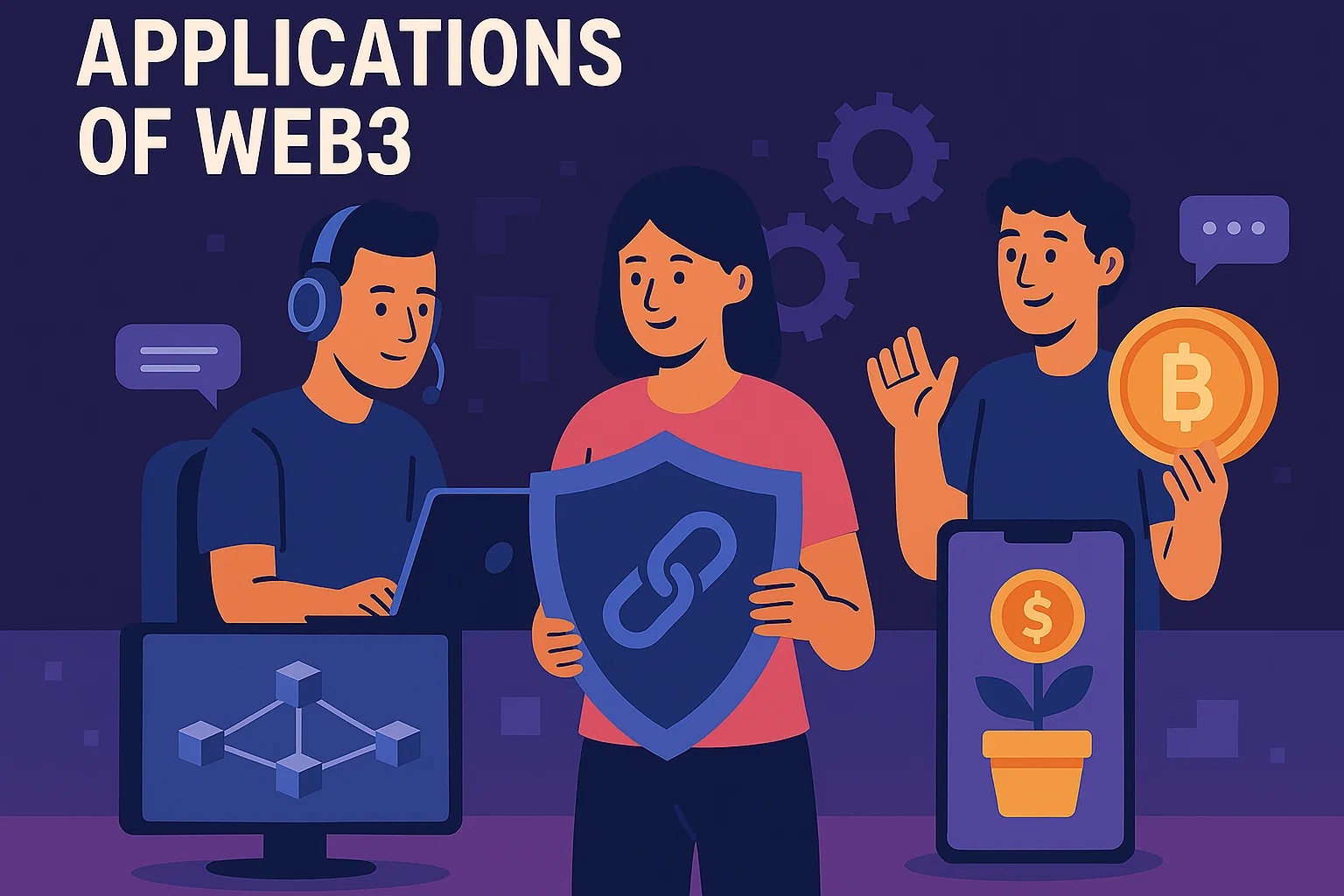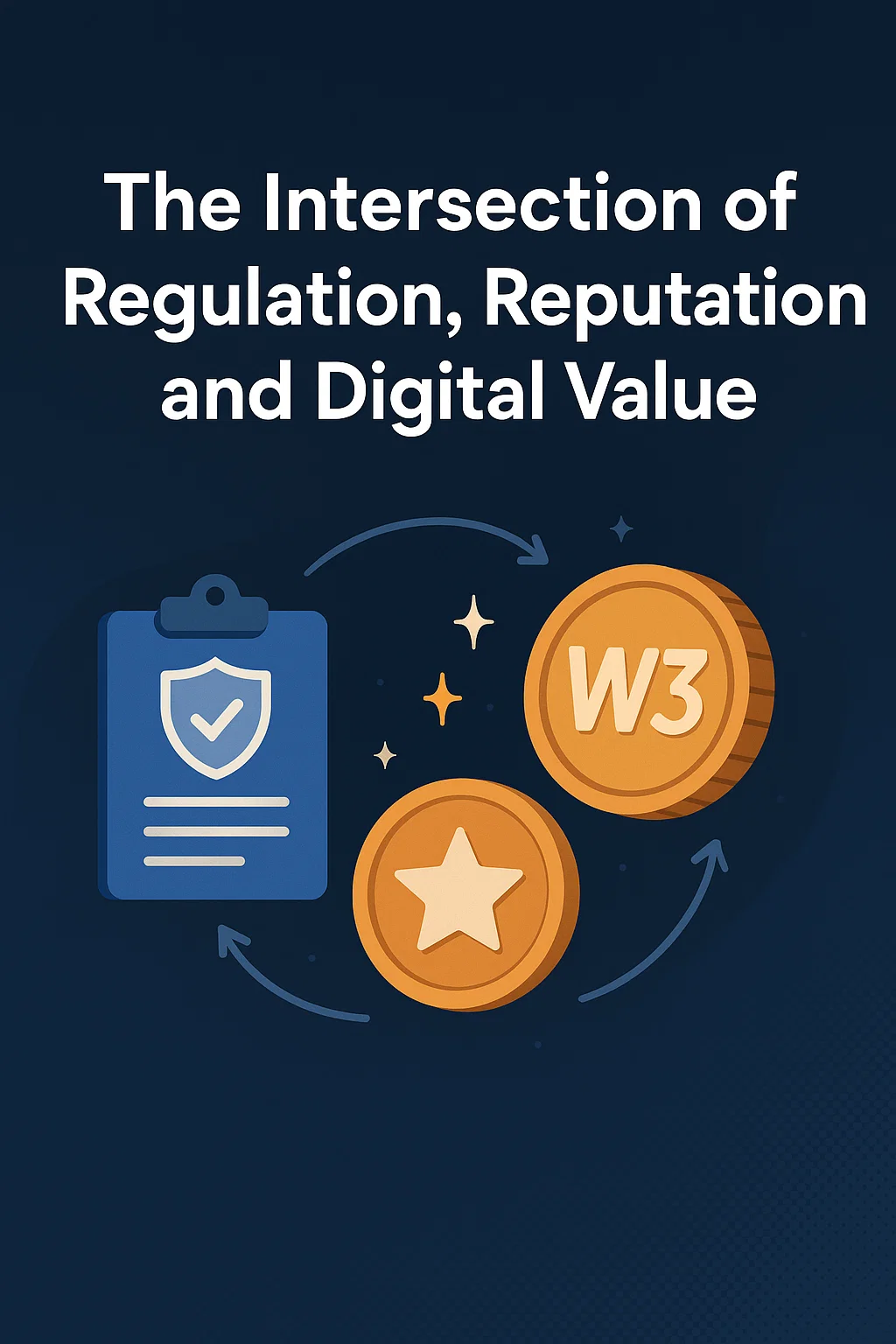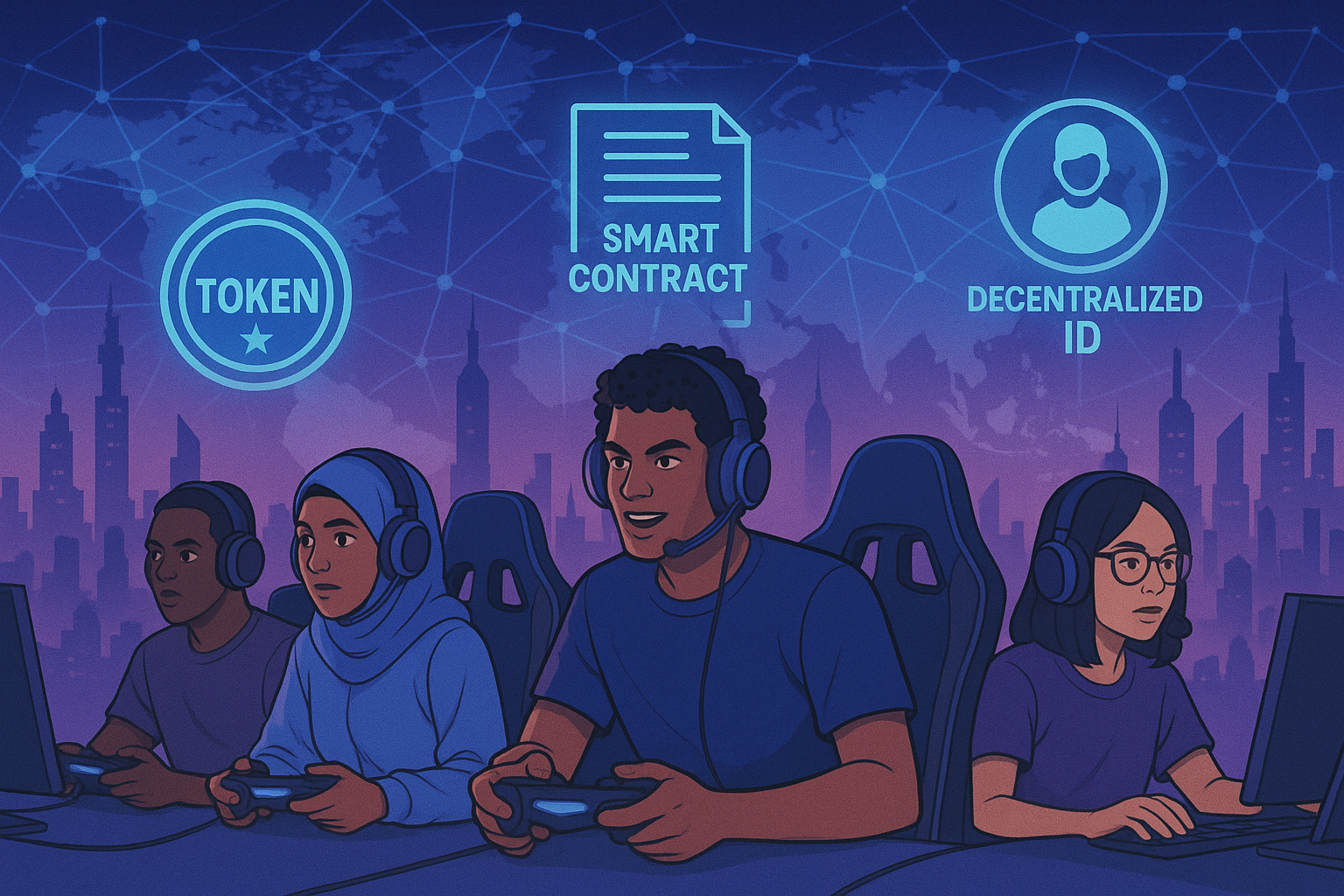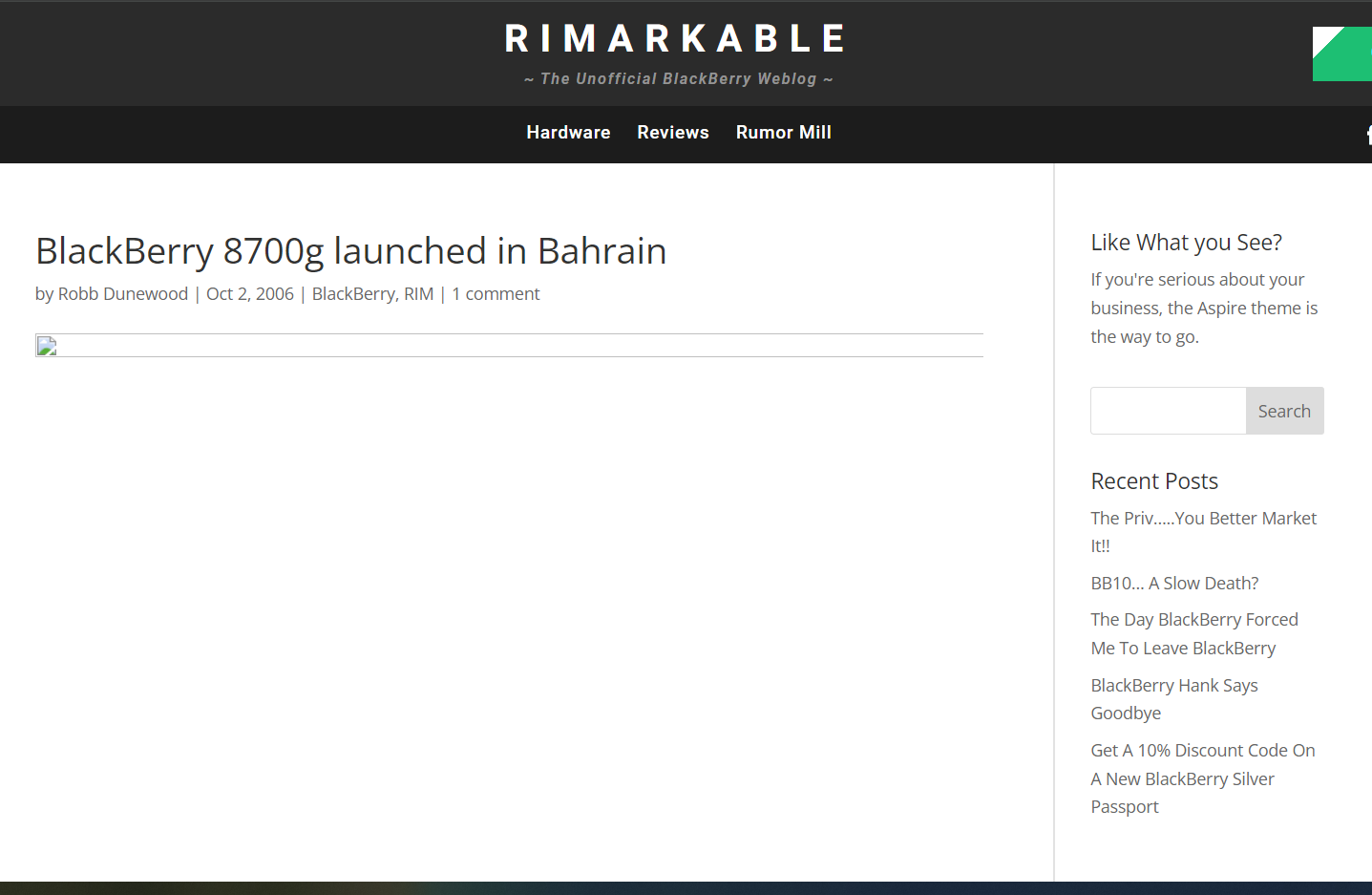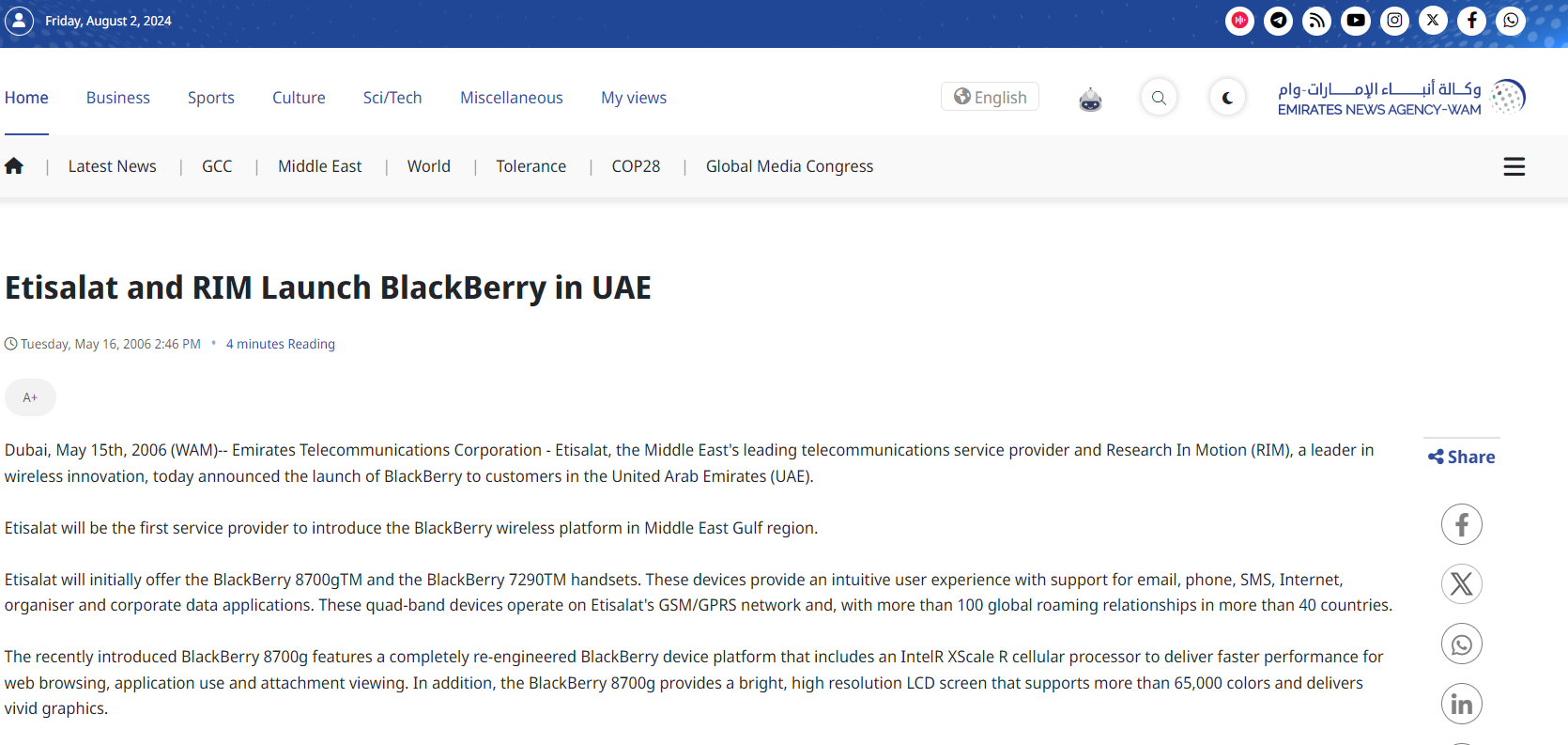Esports isn’t just competitive entertainment; it’s a laboratory for digital‑first economies. In-game currencies, virtual items, and tournament prize pools have created self‑contained markets long before the term “Web3” existed.
Today, blockchain infrastructure lets game publishers and players translate those siloed assets into interoperable, tradeable value. Skins, land plots, and character upgrades can move across titles, be fractionalized, or even earn yield through staking.
Economic layers of modern gaming ecosystems include:
- Primary Issuance – Game developers mint items or tokens tied to gameplay progression.
- Secondary Markets – Players trade assets on open marketplaces, establishing real‑time price discovery.
- Creator Economies – Modders and streamers monetize custom content through token‑gated access or royalties.
- Governance – DAO‑style guilds vote on rule changes, tournament formats, or revenue allocation.
As metaverse platforms blur the line between spectator and participant, esports organizations are becoming full‑stack digital businesses: part media network, part fintech, part community DAO. Understanding their token mechanics offers a bluepFrom LAN Parties to Layer 2: A Brief History
Competitive gaming began with local LAN tournaments where bragging rights were the only currency. The arrival of broadband and streaming platforms like Twitch globalized the audience and introduced sponsorship revenue. Web3 represents the next leap: digital assets turn every skin, badge, or arena seat into a tradable good secured by blockchain. With Layer‑2 networks such as Immutable X and Polygon, transaction fees drop to fractions of a cent, making micro‑economies viable for millions of players.
Asset Interoperability & Cross‑Game Economies
The holy grail for gamers is the ability to carry items across titles. Standards like ERC‑1155 and the Open Metaverse Alliance aim to make that possible. Imagine a legendary sword earned in an RPG also functioning as a cosmetic in a battle‑royale shooter. Interoperability drives secondary‑market value: assets are no longer locked to the lifespan of a single game but become part of a broader digital identity.
Interoperability requires:
- Shared Metadata Schemas so games can read item attributes.
- Bridging Infrastructure to move assets across chains without custody risk.
- Royalty Standards that ensure creators earn fees regardless of where items trade.
Guilds, DAOs, and Player‑Owned Teams
Play‑to‑earn titles like Axie Infinity sparked the rise of gaming guilds—organizations that lend NFTs to players in exchange for revenue splits. The model evolved into fully decentralized autonomous organizations (DAOs) that manage treasuries, negotiate sponsorships, and vote on strategic decisions. Traditional esports teams are experimenting too: Team Vitality issued fan tokens, while OG Esports launched a governance DAO to let supporters influence content strategy.
DAO‑based teams benefit from:
- Transparent Budgets – Treasury dashboards show exactly how prize money and sponsorship revenue are allocated.
- Global Talent Pools – Token incentives attract analysts, coaches, and content creators regardless of geography.
- Community Marketing – Every token holder becomes a brand ambassador, amplifying reach without centralized spend.
Revenue Models in Play‑to‑Earn
Classic esports rely on media rights, sponsorships, and merchandise. Web3 adds:
- Token Inflation Rewards – New tokens minted to reward gameplay or staking.
- Marketplace Fees – A percentage of every item trade flows to the developer or community treasury.
- Land and Asset Sales – Virtual real estate and scarce items sold via Dutch auctions or bonding curves.
Sustainable economies cap inflation with sinks: crafting fees, item upgrades, or seasonal resets that burn tokens. Without sinks, reward tokens can collapse in value, as seen in several play‑to‑earn titles during 2022.
Regulatory Considerations for Game Tokens
Loot boxes already drew scrutiny for resembling gambling. Tokenized assets introduce securities and commodities questions. The UK Gambling Commission, the U.S. SEC, and South Korea’s Game Rating Board have all issued guidance. Best practices include:
- Age‑gating or region‑blocking features that resemble gambling.
- Clear terms outlining that tokens are not investment contracts unless registered.
- Reserve audits for any in‑game stablecoins or reward tokens pegged to fiat.
Looking Forward: The Metaverse Convergence
As VR hardware matures and persistent virtual worlds gain traction, esports will blend with social hangouts and creator economies. Expect:
- Unified Identity – Wallets serving as both gamer tag and payment rail.
- Dynamic NFTs – Items that evolve based on player stats or community events.
- AI‑Generated Content – Procedural arenas and quests tailored to guild preferences.
In this landscape, owning a piece of the game—whether a stadium NFT, governance token, or avatar skin—means owning a slice of culture itself. Developers that embrace open standards, fair tokenomics, and community governance will capture the next billion gamers entering Web3.rint for any industry moving toward programmable ownership.

